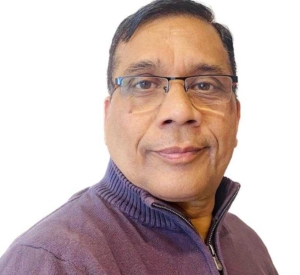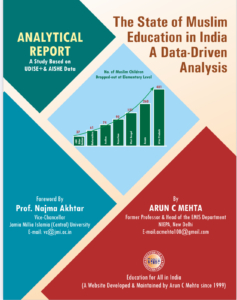Advancing AI in Indian Education: Initiatives, Impacts, and Future Prospects
Recent strides in artificial intelligence are reshaping education in India, with key announcements from the Central Board of Secondary Education (CBSE) and OpenAI highlighting a push toward tech integration. CBSE’s free AI bootcamps for students and teachers, backed by IBM, and OpenAI’s substantial investments, including a research grant to IIT Madras and free ChatGPT licenses, are set to enhance learning experiences. These efforts, reported in The Economic Times and other sources, involve collaborations with government entities and private partners to broaden AI access.
Critical Review of the Initiatives
CBSE’s program targets students in Classes 9 and 10 with phased online bootcamps starting September 2025, emphasizing practical skills and innovation. For teachers in higher classes, short training sessions aim to build AI capabilities in schools introducing the subject. Since CBSE affiliates over 25,000 schools nationwide, including a majority that are private and unaided, this initiative extends to both government and private institutions. Affiliated schools, regardless of funding, are directed to participate, promoting widespread AI literacy.
OpenAI’s push includes distributing 500,000 free ChatGPT licenses through ties with the Ministry of Education (MoE) for government schools, the All India Council for Technical Education (AICTE) for technical institutes (encompassing public and private), and ARISE member schools. ARISE, or the Association for Reinventing School Education, represents over 1,350 K-12 schools – mostly private and independent – across India, as detailed on their official website. This ensures private unaided schools in the ARISE network benefit from AI tools for personalized teaching. However, the MoE partnership specifically focuses on government schools, raising questions about equity for non-affiliated private unaided schools outside these networks.
Addressing the concern: While government-led elements like MoE target public institutions to bridge resource gaps, partnerships with AICTE and ARISE extend reach to private sectors. Still, students in unaided private schools not part of CBSE, AICTE-regulated colleges, or ARISE may miss out on free access, relying instead on paid subscriptions or independent AI adoption. This could widen disparities, but broader ecosystem growth might indirectly benefit them through shared research and tools.
Linking these efforts, they foster AI as an educational staple, potentially boosting efficiency and reducing dropouts, as per UDISE+ data trends showing ongoing challenges in universal education.
Review of the India AI Mission
The India AI Mission, launched with a Rs 10,372 crore budget over five years, aims to create AI infrastructure, innovation centers, and ethical frameworks. In education, it allocates funds for AI centers of excellence to personalize learning. While primarily government-driven, it supports public-private collaborations, indirectly aiding private institutions through shared datasets and talent programs. Details are available on the official IndiaAI portal.
Insights from Education for All in India
The Education for All in India portal, curated by Prof. Arun C. Mehta, offers data-driven analysis via UDISE+ reports. It highlights stagnation in enrollment and high dropouts, suggesting AI could optimize systems like SDMS and UDISE+. Mehta’s work underscores the need for inclusive AI strategies to achieve NEP 2020 goals by 2030, linking directly to current initiatives for better policy outcomes.
Scenario in Indian Schools and Colleges Over the Next Five Years
By 2030, AI could permeate Indian education, with tools like adaptive platforms cutting dropouts by tailoring content. In schools, CBSE and OpenAI efforts might expand to mandatory AI modules, while colleges see AI in curricula and research. Private unaided schools could increasingly adopt via associations like ARISE or market tools, but rural-urban gaps may persist without targeted inclusion. Overall, expect 60-70% AI integration in urban setups, fostering innovation but demanding ethical safeguards.


